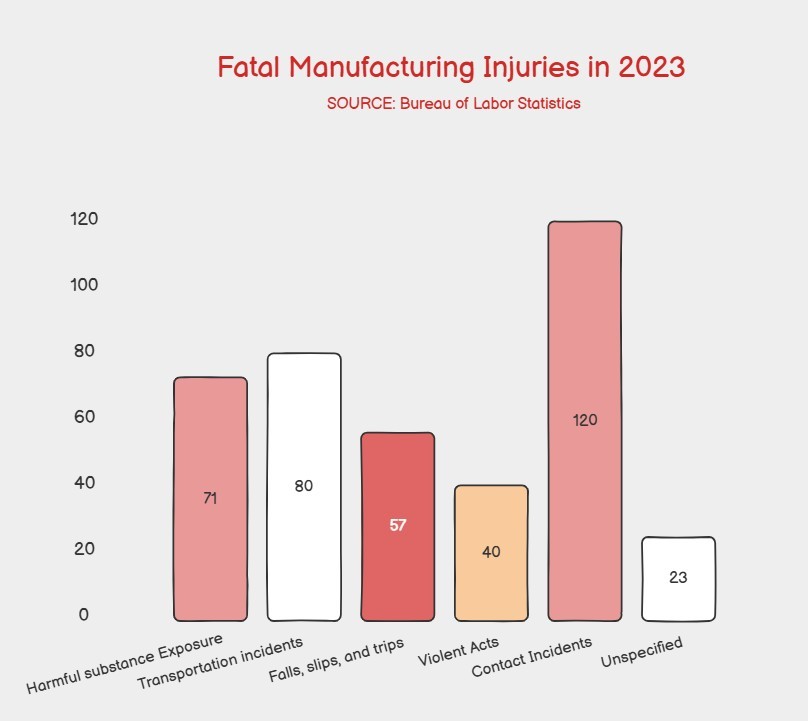When Legacy Meets Risk: A Sharepoint Engineer's Perspective on the ToolShell Exploit
Recently, the cybersecurity world was shaken by the ToolShell exploit chain, a sophisticated attack targeting on-premises SharePoint servers.
My professor once said, "Economies win wars." At first glance, that seems like an oversimplification of what it means to fight a war. But when we dig deeper into that statement, we find it explains nearly every aspect of warfare. When we think of war, we often picture the heroic acts of the men and women on the battlefield. Yet we frequently overlook the larger economic factors that contribute to winning. Every bullet, rifle, and even a tiny screw on a tank plays a crucial role. During the Second World War, manufacturing output increased the GDP by 8%, and American industrial production doubled in just four years (pbs.com). The men and women who gave everything for the war not only defended our nation but also helped strengthen the industrial economy that shaped the United States into what it is today. However, their contributions came at a significant cost. Between 1942 and 1945, the Bureau of Labor Statistics reported over 2 million disabling industrial injuries—including deaths—each year (nps.gov). In response, lawmakers have worked hard to pass legislation aimed at improving worker safety. Yet even today, many of the same challenges persist.
The US manufacturing industry currently employs over 12 million people; however, it also presents a disproportionately high risk for workers. In 2024, the manufacturing sector reported roughly 220,000 workplace injuries and illnesses—the 3rd highest of any industry (ehs.com), and in 2023, nearly 400 manufacturing workers died on the job (bls.gov). Every injury/death is a family affected, and it is important that we continue to make strides in safety in order to ensure that workers, who provide us with our daily essentials, can make it back home safely. It is imperative that when we discuss workplace injuries/death, we do not take the human element out of it. But when we look at an operational cost perspective, OSHA estimates US employers collectively spend almost $1 billion per week on direct workers' compensation costs for injuries (ehsschool.com). When a worker gets injured/dies, it is a lose-lose situation.

With the 2024 OSHA Top 10 out, we see that most manufacturing accidents fall into a few broad categories: being struck by or caught in equipment, falls, overexertion, chemical exposure, and electrical or fire incidents. Notably, these incidents involve two main factors: human error/negligence and unsafe conditions.
So now we are left with this: What does winning look like in manufacturing? Winning can look like a lot of things, but the key is to develop a strong safety program and culture. In order to create long-lasting change, there has to be a shift in culture at your plant. One of the most common questions asked by OSHA during an inspection is, "Who is in charge of safety?" and every employee should be able to confidently and honestly answer, "Me." Safety starts from seasonal workers all the way up to the CEO. Building a safety culture can seem like a daunting task, but it can be broken down into 8 key best practices.
Creating a strong safety culture doesn’t happen overnight—it takes months, sometimes years, and it demands constant effort, attention, and buy-in from everyone. The stakes are high, and while the risks are real, every incident and death is preventable. Safety is a shared responsibility. Management has to provide the tools, training, and leadership, but workers also have to stay alert, follow procedures, and look out for one another. It’s not just about checking boxes it’s about protecting people.
We have to shift the mindset from “it’s part of the job” to “how do we make sure this never happens again?” because injuries and deaths are never just part of the job
Building a safety culture means making safety part of the everyday conversation. It means empowering every employee, from seasonal workers to plant managers, to take ownership. It means leadership showing up, not just with words, but with action. It means consistency, accountability, and a refusal to settle for “good enough.”
When safety becomes part of how we work not just something we talk about we start to see real change. And when we work together, stay committed, and keep pushing forward, we can make manufacturing safer. Safety starts with YOU.